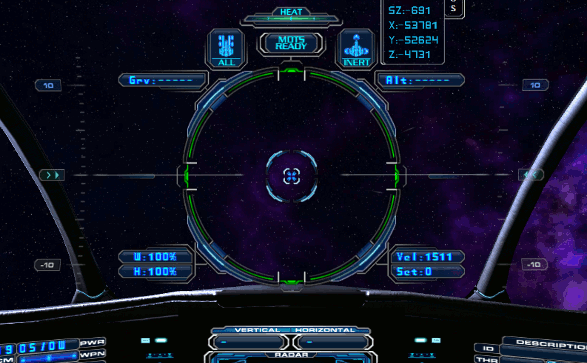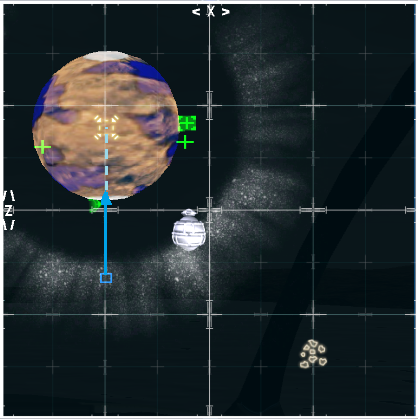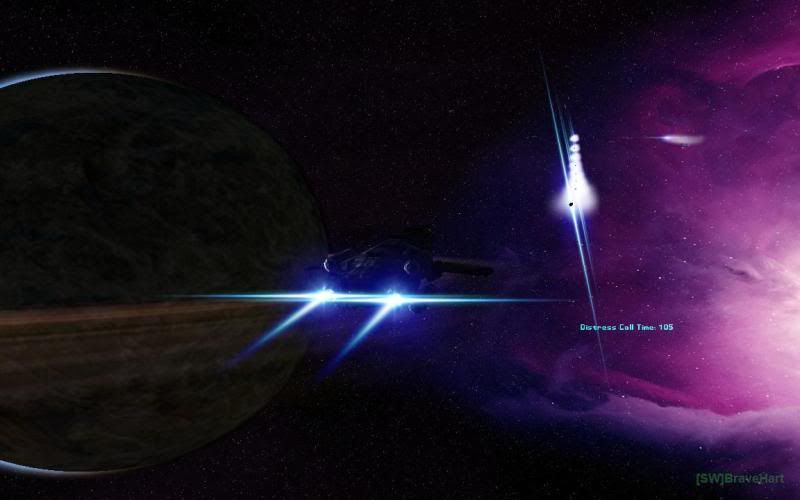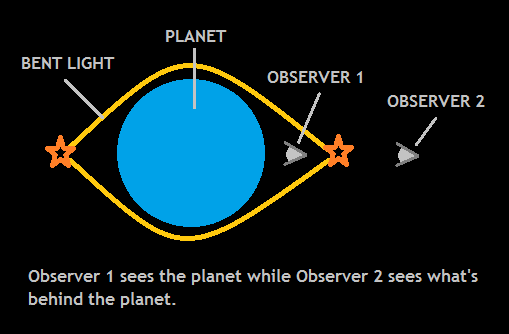Before the development of an inertial dampening system (IDS), it was much more difficult to get your mercenary's license. Nearly eighty percent of the pilots who took the test failed at parallel parking. Collision insurance skyrocketed. Bent and twisted space ships were stacked ten high at the Acme Used Space Ship Parts and Junkyard on Olympus Prime.
History tells us that the first IDS* was designed by the great great great grandson of Ray "Crash" Corrigan (a Hollywood star of old B-Westerns and sports movies). Like his namesake before him, Ray had a bad habit of smashing headlong into things. Only, instead of smashing into other B-Movie actors, he smashed into asteroids, message beacons, space stations and other ships (especially those docked at space stations). It got to the point where his collision insurance was costing more than storage fees (which, if you've ever had anything stored at a trade station, you'll understand just how much Ray must've been paying in insurance premiums).
[align=center]

Diagram illustrating a space ship\'s method of overcoming inertia (courtesy of Starwraith)[/align]
For decades, IDS solved Ray's problem. Mercenary pilots across the Evoverse praised his name (and, in homage, even watched a few old Crash Corrigan movies). Then somebody came along and invented the hyperdrive. After which, inexperienced pilots didn't just drift into asteroids and space stations anymore. They slammed into them at hyper speed. Whereupon the hapless wannabe mercenaries were advised to relocate their jump drive activation lever to a place on the console further away from the beer dispenser.
Unfortunately, Ray was among the pilots who kept inadvertently pulling the wrong lever and smashing into asteroids and planets. Luckily (after a few more hikes in insurance premiums), he followed his insurance agent's advice and moved the jump drive lever** to the far side of his cockpit. But then somebody else invented the automatic docking beam. And Ray (among others) never did figure out how to avoid that one (hey, guys, try deactivating the "automatic" part). Nonetheless, the IDS has cut the number of space-related collisions almost in half. And planetside mishaps are down by over ninety percent.
* Not to be confused with simple twentieth-century maneuvering thrusters. The best you could expect from those early thruster designs was the ability to change your heading so as to see what it was you were about to crash into. IDS, on the other hand, somehow manages to completely counter inertial drift (see entry on inertia).
** Tacticians and ergonomists have pointed out that it would've been a better idea to leave the jump drive lever in place and, instead, move the beer dispenser. Indeed, the point was made when Ray died as he attempted to make an emergency jump out of what had become a losing battle between himself and a horde of angry Vonari. As predicted, he couldn't reach the jump drive lever fast enough. But upon further study, historians speculate that, at the time, Ray was too drunk to really care, one way or the other.













